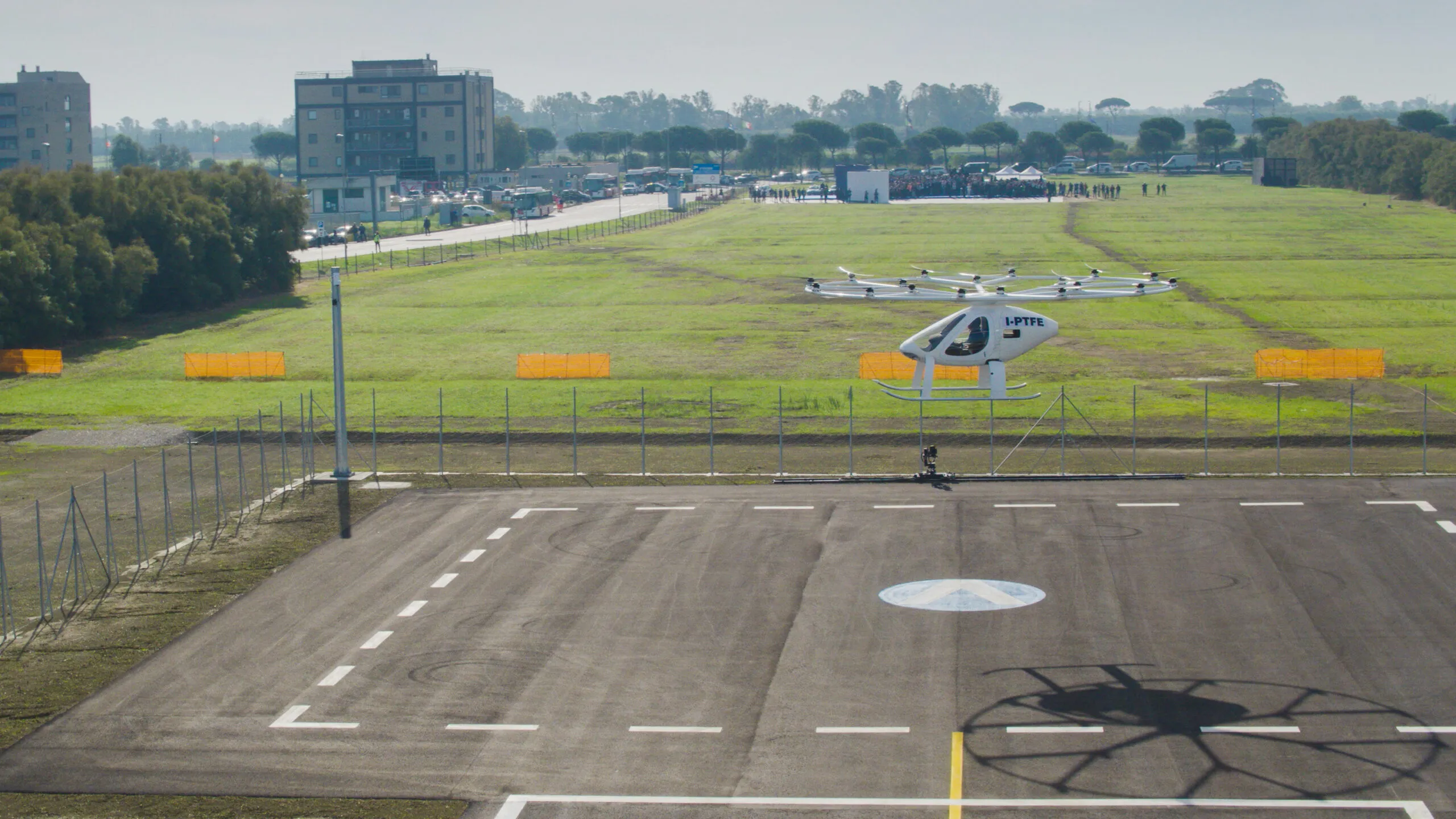The European Machine Vision Association (EMVA) has published its 2015 market report, Machine Vision in Italy, which evaluates the machine vision market in the country for the first time.
It covers the vision industry, its customers and the main applications as well as technical and commercial trends. In addition, the network for machine vision is described, including clusters, research centers and associations, trade shows and special magazines, supplemented by market and growth drivers and an estimate
August 11, 2015
Read time: 2 mins
The 6855 European Machine Vision Association (EMVA) has published its 2015 market report, Machine Vision in Italy, which evaluates the machine vision market in the country for the first time.
It covers the vision industry, its customers and the main applications as well as technical and commercial trends. In addition, the network for machine vision is described, including clusters, research centers and associations, trade shows and special magazines, supplemented by market and growth drivers and an estimate of the market volume. It also contains information on the Italian economy and how to invest in the country.
“Italy is a world leading machine building nation and has a healthy mix of small and medium size enterprises in its industry. The main portion of machine vision applications in Italy are realised in the industrial environment. This explains the large number of system providers and integrators in Italy”, says Andreas Breyer, EMVA’s director of Market Research. “Also remarkable is the high number of academic institutes dedicated to machine vision disciplines. Altogether, we identified more than 200 players in the Italian machine vision market. Adding the relevant industry associations, all these players are listed by name and website in the report.”
Despite the continuing difficult national economic conditions, the machine vision industry in Italy expects 2015 to end positively. “During an EMVA-survey amongst Italian vision players none of the participants expected a decrease in turnover by the end of 2015. In fact, a quite robust increase in turnover of around 10 per cent is anticipated, supported by the powerful exports of most customer industries”, adds Breyer.
It covers the vision industry, its customers and the main applications as well as technical and commercial trends. In addition, the network for machine vision is described, including clusters, research centers and associations, trade shows and special magazines, supplemented by market and growth drivers and an estimate of the market volume. It also contains information on the Italian economy and how to invest in the country.
“Italy is a world leading machine building nation and has a healthy mix of small and medium size enterprises in its industry. The main portion of machine vision applications in Italy are realised in the industrial environment. This explains the large number of system providers and integrators in Italy”, says Andreas Breyer, EMVA’s director of Market Research. “Also remarkable is the high number of academic institutes dedicated to machine vision disciplines. Altogether, we identified more than 200 players in the Italian machine vision market. Adding the relevant industry associations, all these players are listed by name and website in the report.”
Despite the continuing difficult national economic conditions, the machine vision industry in Italy expects 2015 to end positively. “During an EMVA-survey amongst Italian vision players none of the participants expected a decrease in turnover by the end of 2015. In fact, a quite robust increase in turnover of around 10 per cent is anticipated, supported by the powerful exports of most customer industries”, adds Breyer.









